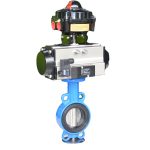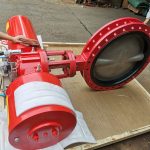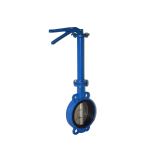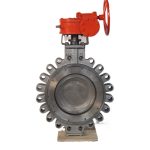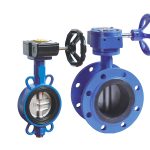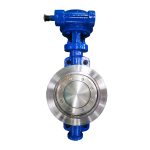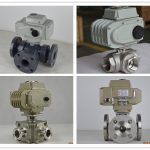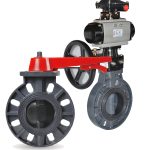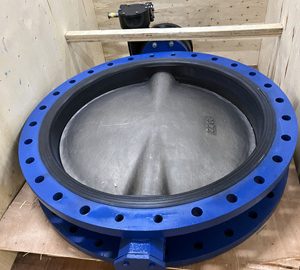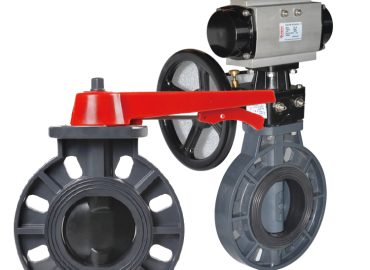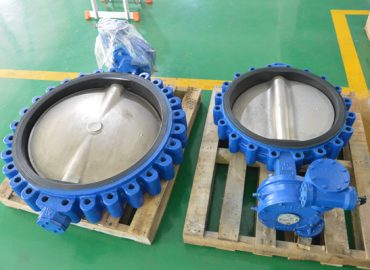When it comes to regulating the flow of liquids or gases, ball valves and butterfly valves are two popular options. While they both perform the same function, they differ in terms of their construction, performance characteristics and applications. In this article, we will discuss the key differences between these valves to help you make an informed decision when selecting a type of valve for your needs.
Introduction ball valve vs butterfly valve
Ball valves and butterfly valves both serve the same purpose – regulating the flow of liquids or gases. They differ in terms of their construction, performance characteristics and applications. Ball valve are typically constructed using metal components such as a ball, valve stem, body, end cap and handle. This type of valve has higher pressure ratings and is more durable than butterfly valve, making it ideal for applications that involve frequent or rapid cycling. Butterfly valves rely on a disk-shaped rubber stopper to close off the flow of material passing through the valve and are usually used in applications that require tight shut-off capabilities. Ball valves offer better control over the speed at which liquids flow through them while butterfly valves can be installed quickly and require less maintenance overall. Ultimately, choosing between these two types of valves will depend on the specific requirements of your application.
Definition of Ball Valve vs Butterfly Valve
Ball valves and butterfly valves are both widely used in the regulating of liquids and gases. Ball valves utilize a round ball which is positioned between two seats to control the flow of material passing through it. Lug butterfly valve consist of a circular disc attached to a stem, which is rotated to open or close the valve. Both types of valves use a series of seals and gaskets to ensure that no material is released from the valve when closed. The main differences between these two types of valves lies in their ability to regulate pressure and flow rate, as well as their installation requirements and maintenance needs. Ball valves are able to more accurately regulate pressure, while butterfly valves require less maintenance overall but provide less accurate control over pressure levels.
Common Uses
Ball valves and wafer butterfly valve are utilized in a variety of settings, including residential homes and commercial businesses. At home, these valves are most often used in water supply systems to manage the flow of liquids from one fixture to the next. On a larger scale, ball and butterfly valves can be found in industrial applications such as sewage treatment plants or oil refineries where controlling the flow of liquids is critical to safety. Both types of valves are also commonly used in medical settings where precise control over pressure sensitive materials is required. In addition, ball valves can be used to regulate the pressure in fuel lines and butterfly valves can be used to control the flow of air through pipelines or HVAC systems.
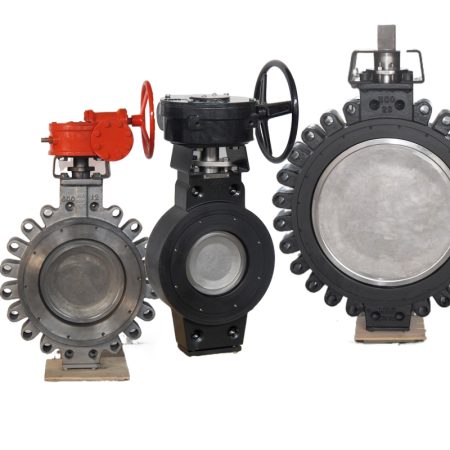
Comparison of Valve Components
When making a comparison between ball valve vs butterfly valve, it is important to examine their components. Ball valves typically consist of three main parts – the body, the ball and the stem. The body is made out of different materials depending on the application, such as brass or stainless steel. The hollowed out ball shape fits tightly between two seats, allowing for a full or partial shut-off of flow when desired. The stem enables users to rotate the ball in order to open or close the valve by lifting or dropping a connected handle. On the other hand, butterfly valves have a circular disc attached to a stem which is powered by a motor or lever that rotates it to either open or close off the flow of material passing through it. Butterfly valves require more maintenance than ball valves due to their intricate component parts such as gaskets and seals which often need replacing. Ball valves are also easier to install since they don’t need any additional parts whereas butterfly valves may need an actuator for operation. Ultimately, both types of valve offer great control over liquids and gases but provide users with different advantages depending on their needs.
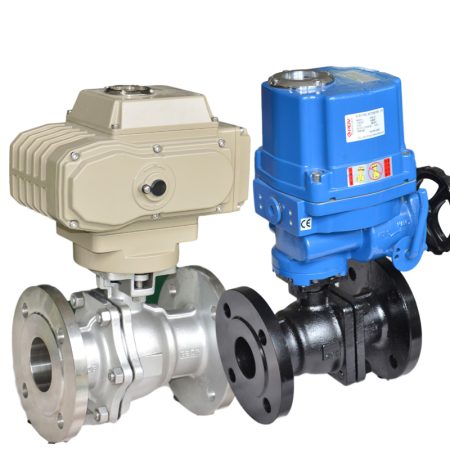
Ball Valve Components
Ball valves are composed of three main components: the valve body, the ball and the stem. The valve body is typically made from materials such as brass, stainless steel or PVC. Inside the body is a hollowed-out ball which fits tightly into two seated openings. This ball enables users to shut off or partially restrict flow when desired. Lastly, a stem extends from the valve center, allowing users to turn and open or close it by lifting/dropping a connected handle. The ball itself can be pneumatically operated in applications where manual control is not desirable or feasible. In addition, many models feature adjustable packing glands which are used to further restrict leakage through the valve’s body-ball joint.
Butterfly Valve Components
Butterfly valves are composed of several intricate parts in order to regulate the flow of liquids and gases. These include a valve body, seat, disc, stem and packing gland housing. The valve body is typically made from materials such as brass or stainless steel depending on the application. Inside this body sits a circular disc attached to a stem. This disc is then powered by a motor or lever that rotates it to either open or close off flow when desired. Furthermore, butterfly valves have additional components such as gaskets and seals which require replacing over time for better performance and longevity. In some cases an actuator may be required for operation as well. Butterfly valves offer great control over fluids but require more maintenance than ball valves due to their complex component parts.
Differences in Performance Characteristics and Applications
Ball and butterfly valves are both used to regulate the flow of fluid in a variety of applications, however they differ in performance characteristics and suitability for certain tasks. Ball valves feature a closure element which is attached to a stem and rotates within the valve body to open and close off flow. This mechanism allows it to turn on or off with just one motion, making it easy to use with minimal maintenance requirements. Furthermore, ball valves have higher resistance against pressure, temperature and corrosion. However, due to their construction they do not offer precise regulation over flow rate like butterfly valves can. On the other hand, butterfly valves feature two half-circle shaped plates connected by an axle which rotate within the valve body to control fluid. This design allows for better control over fluids as users can adjust the disc plate angle to limit or increase flow rate when desired. Additionally, butterfly valves are suitable for larger pipelines due to its size constraints compared to ball valves. Both ball and butterfly valves have different performance characteristics and should be selected based on the application’s specific needs.
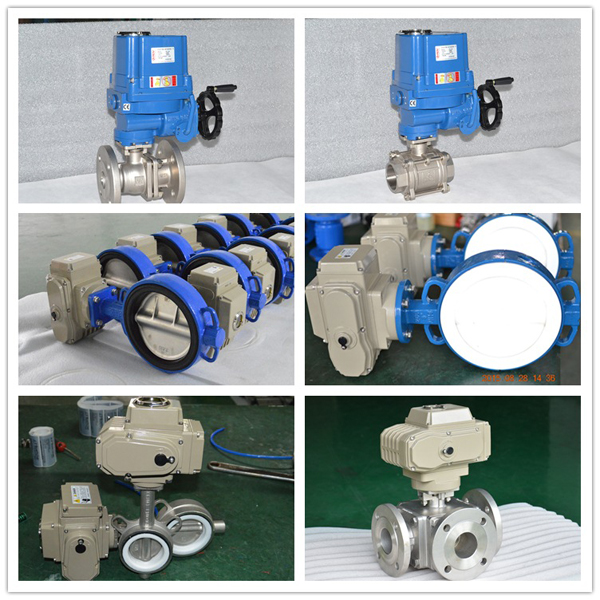
Pressure Rating, Flow & Durability
Pressure rating and flow are two important considerations when selecting the correct type of valve for an application. Ball and butterfly valves come in a range of styles, sizes and ratings. The pressure rating indicates the maximum pressure which can be applied to the valve while still maintaining its integrity. Whereas, the flow rate determines how quickly fluid material can move through a pipeline with a given amount of power output by pump or motor. Additionally, durability is another factor to consider when choosing the right valve. Butterfly valves tend to have longer service life than ball valves due to their low complexity construction, however they may require more maintenance over time. It is therefore important to select a valve with appropriate pressure rating and flow rate that meets your application’s requirements whilst having sufficient longevity.
Installation Requirements & Maintenance Needs
When installing a valve it is important to consider the installation requirements of the specific valve type. Ball and butterfly valves both require different types of connections to ensure a secure and stable fit. Ball valves typically use threaded connections, while butterfly valves tend to be secured via flanges or clamps onto pipes which helps distribute pressure unevenly during deployment. Furthermore, both ball and butterfly valves may require maintenance in order to ensure optimal operation over time. This can include greasing, tightening components, cleaning and porting. Periodic maintenance should also be done to check for any signs of corrosion or wear-and-tear which may cause the valve to malfunction or shut off unexpectedly. It is therefore vital that the correct installation requirements are followed and adequate maintenance is carried out on all types of valves to keep them functioning properly for longer periods of time.
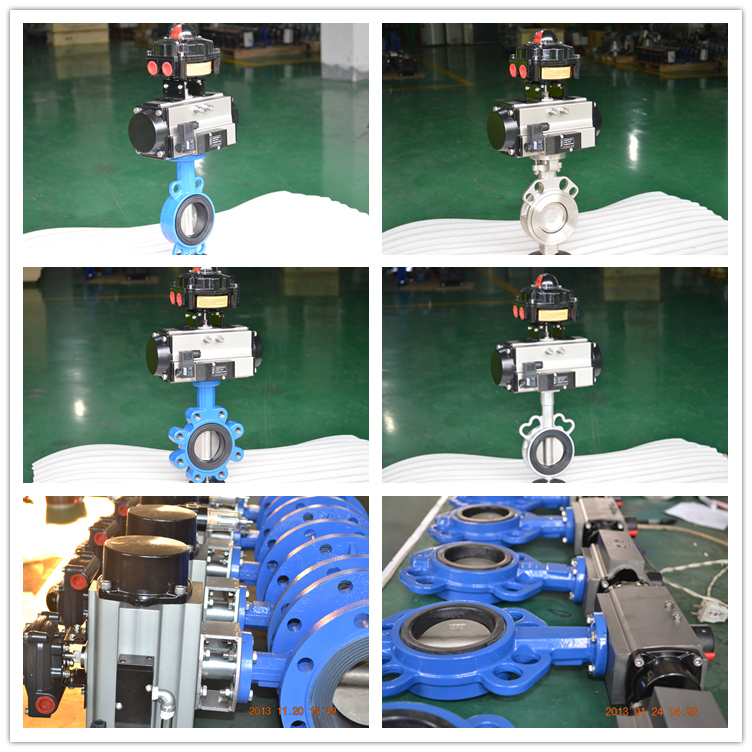
Conclusion
To conclude, ball and pneumatic butterfly valve can be used for a variety of applications within the industrial sector. Both valves possess their own advantages and disadvantages which should be taken into consideration when deciding upon a valve type for an application. Ball valves tend to have excellent flow control capabilities and are extremely reliable even with extreme pressure fluctuations, however they take more time to open or close as compared to butterfly valves. On the other hand, butterfly valves provide quick response times, require less space during installation and are generally easier to maintain than ball valves. Ultimately, it is important to review both types of valves in order understand the differences between them before selecting one for an industrial application.


